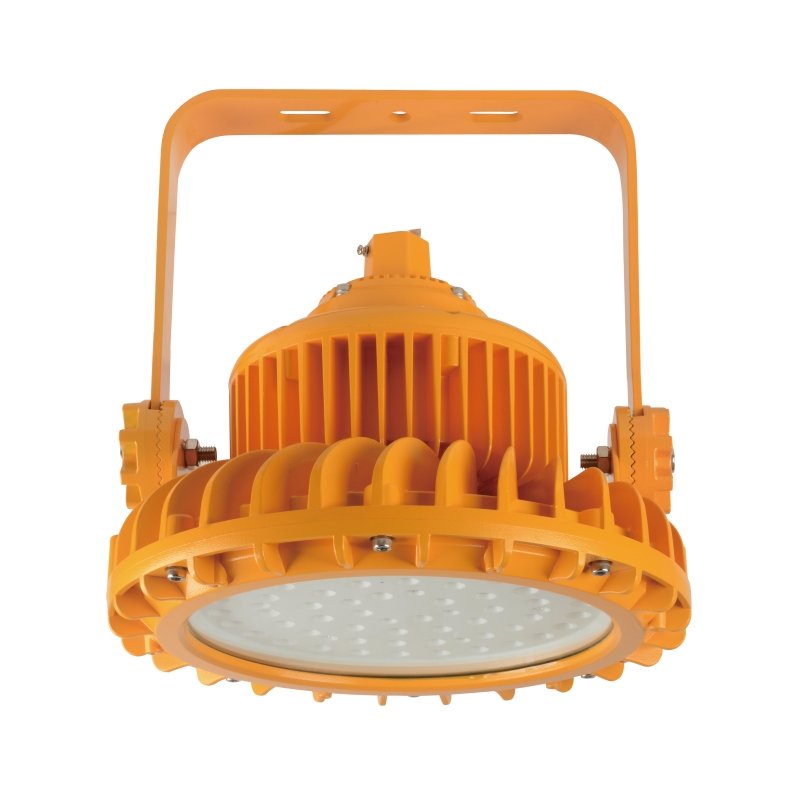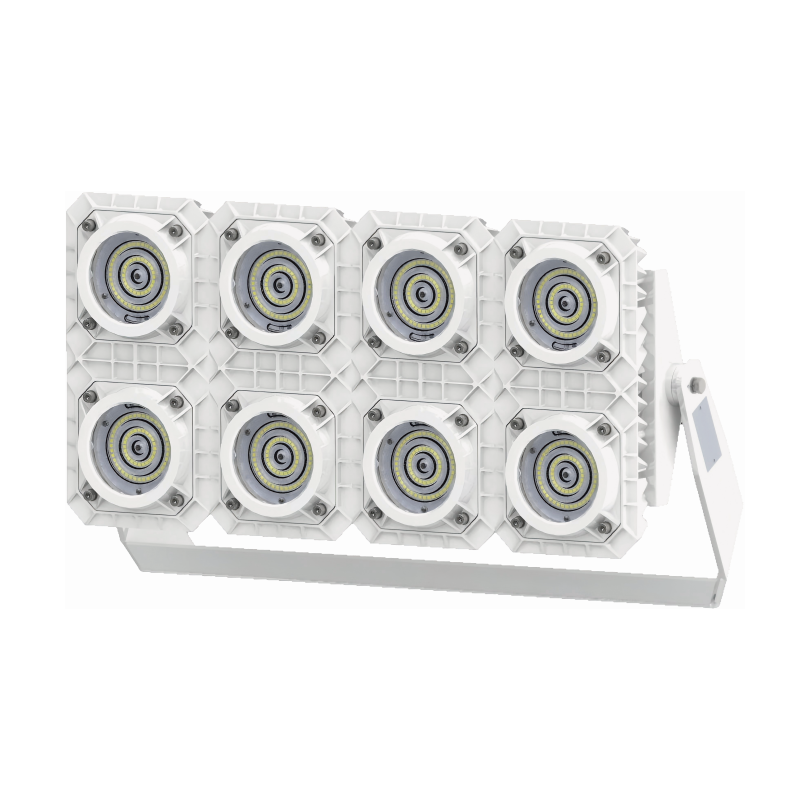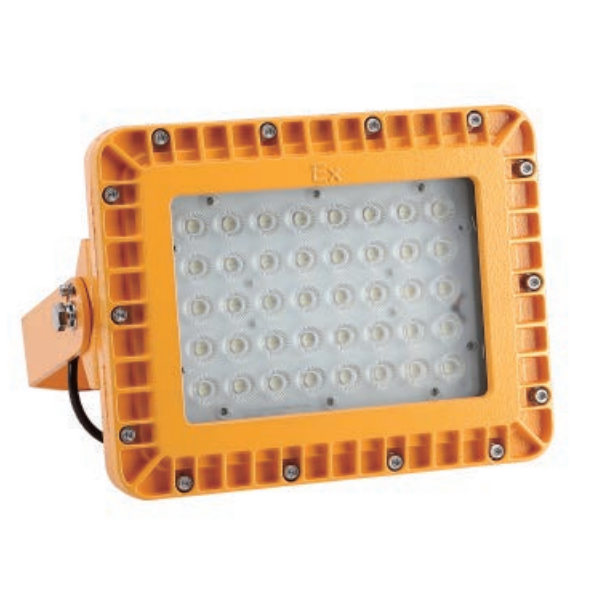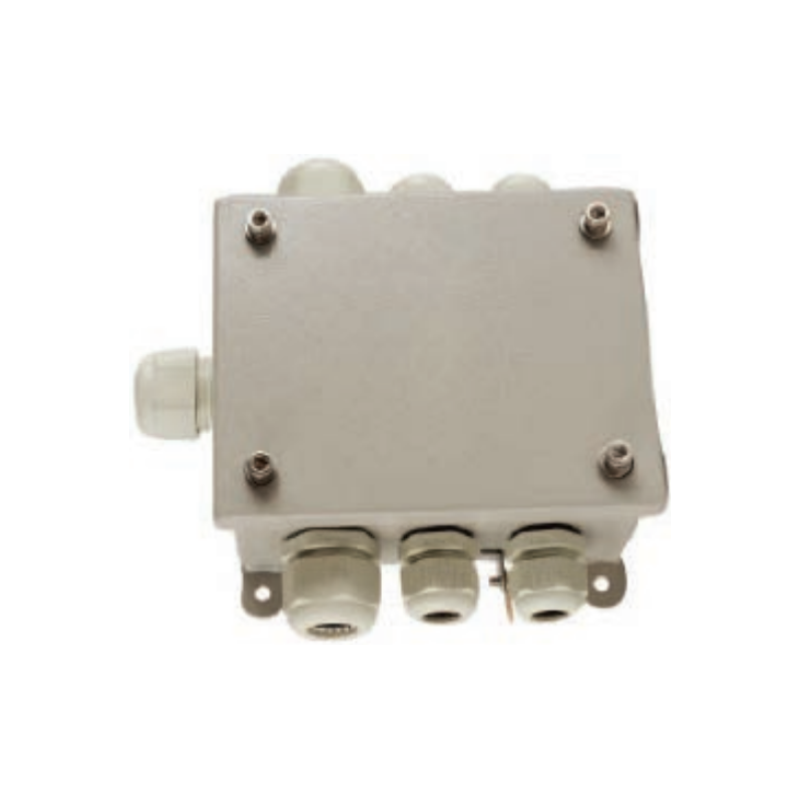Have you ever wondered how ships send out loud, clear warning signals in fog or harsh weather? The answer lies in a key device: the marine electronic horn. In simple terms, a marine electronic horn is an electronic sound signaling device designed specifically for vessels, capable of producing high-decibel warning sounds to alert nearby ships and crew to potential dangers.
With the shipping industry evolving and safety standards rising, traditional air horns are gradually being replaced by smarter, more efficient electronic horns. These devices offer stable sound output, compact size, low power consumption, and are easier to install and maintain. For shipowners and operators, choosing the right marine electronic horn adds an extra layer of safety to every voyage.
In this article, you’ll discover what a marine electronic horn is, how it works, where it’s used, key technical parameters, and relevant industry standards. If you’re considering equipping or upgrading your vessel with a marine electronic horn, you’ll also find practical buying tips and answers to common questions.
How Does a Marine Electronic Horn Work? Core Components Explained
The main advantage of a marine electronic horn lies in its electronic control system. It typically consists of:
- Main control unit: Sends signals and controls sound frequency and intensity.
- Speaker unit: Converts electronic signals into high-intensity sound waves.
- Power supply system: Connects to the vessel’s power, ensuring stable operation.
Unlike traditional air horns, which rely on compressed air, electronic horns use integrated circuits to generate sound. This allows for purer, adjustable tones and various sound patterns to suit different navigation needs.
How it works:
- The control unit receives a command.
- It generates an electronic signal at a specific frequency.
- The speaker converts the signal into sound waves.
- The horn projects these waves into the surrounding environment.
This design not only provides stable sound output but also makes the device energy-efficient and environmentally friendly.
Key Functions and Applications of Marine Electronic Horns
So, what exactly does a marine electronic horns do? Its main functions include:
- Sound signaling: Emits clear warning sounds in fog, at night, or in low-visibility conditions to prevent collisions.
- Emergency alarms: Produces specific alarm tones in emergencies to alert crew and those nearby.
- Public address: Some horns support voice broadcasting for onboard communication and instructions.
These features make marine electronic horns essential for vessel safety. Whether you operate a cargo ship, fishing boat, or yacht, you can select a model tailored to your vessel type and operating environment.
Technical Specifications and How to Choose a Marine Electronic Horn
When buying a marine electronic horn, pay attention to these key specifications:
| Parameter | Description | Importance |
|---|---|---|
| Sound pressure (dB) | Maximum loudness of the horn | Ensures the sound covers the required area |
| Frequency range | Range of sound frequencies | Affects clarity and penetration |
| Power (W) | Electrical consumption | Impacts energy use and operation time |
| Protection rating | Waterproof, dustproof, anti-corrosion | Enables operation in harsh marine environments |
| Installation method | Wall-mount, pole-mount, etc. | Affects ease of installation and maintenance |
Installation location and maintenance intervals also impact performance. Always choose products that meet national or international standards to guarantee quality and safety.
Industry Standards and Certifications
To ensure vessel safety, marine electronic horns must comply with relevant standards, such as:
- GB/T12303-2009: Chinese standard for marine sound signaling devices.
- International Maritime Organization (IMO) requirements.
- Classification society certifications, such as CCS (China), ABS (USA), and others.
These standards specify requirements for sound pressure, protection, and installation. Always verify that your chosen horn is certified to avoid safety risks.
At sea, safety always comes first. Selecting a reliable, certified marine electronic horns not only boosts your vessel’s warning capability but also protects your crew and cargo.
If you’re looking for a dependable marine electronic horn, our factory specializes in designing and manufacturing a wide range of models to fit various vessels and needs. Visit our website or contact us directly for expert advice and custom solutions. Let’s work together to make your journey safer and more secure!
FAQ
Electronic horns use electrical signals for sound, offering stable, energy-efficient performance. Air horns rely on compressed air, are bulkier, and require more maintenance.
Consider vessel size, operating environment, required sound pressure, protection rating, and installation method.
Install the horn in an open area, avoid obstructions, ensure stable power, and connect wiring correctly.
Check every six months; clean the speaker and circuit to ensure proper operation.
Most electronic horns offer preset sound patterns that can be switched as needed.
Professional installation is recommended to guarantee performance and safety.
High-quality horns last over five years, depending on usage and maintenance.






